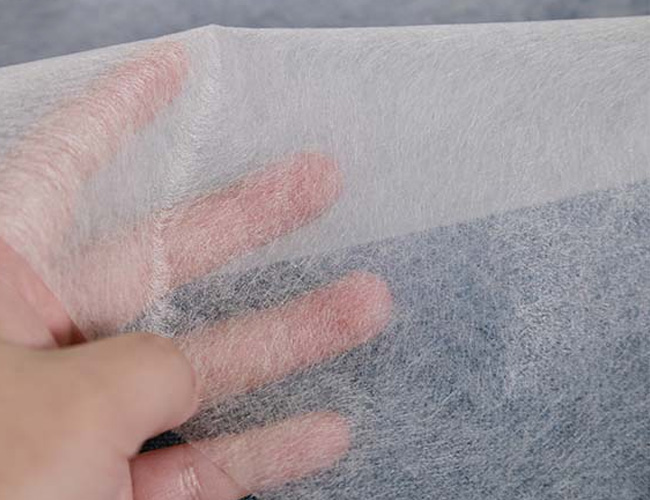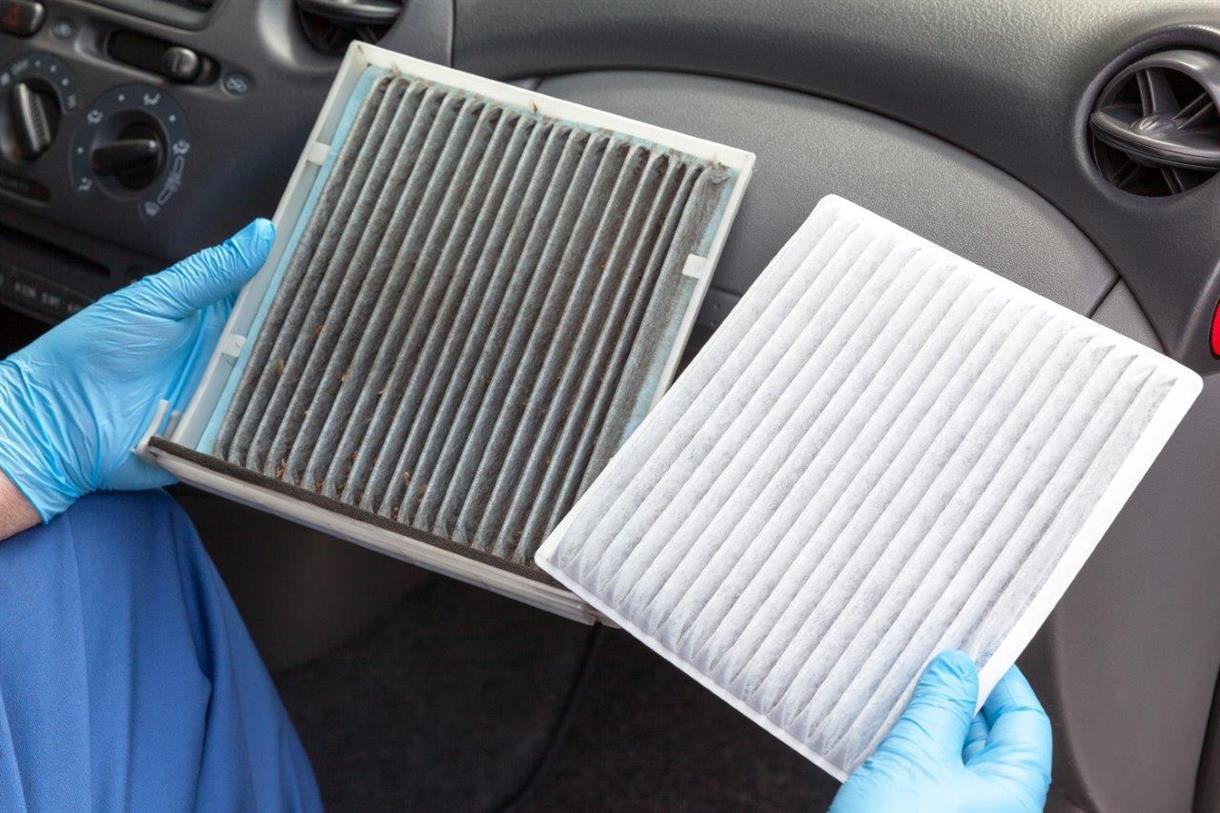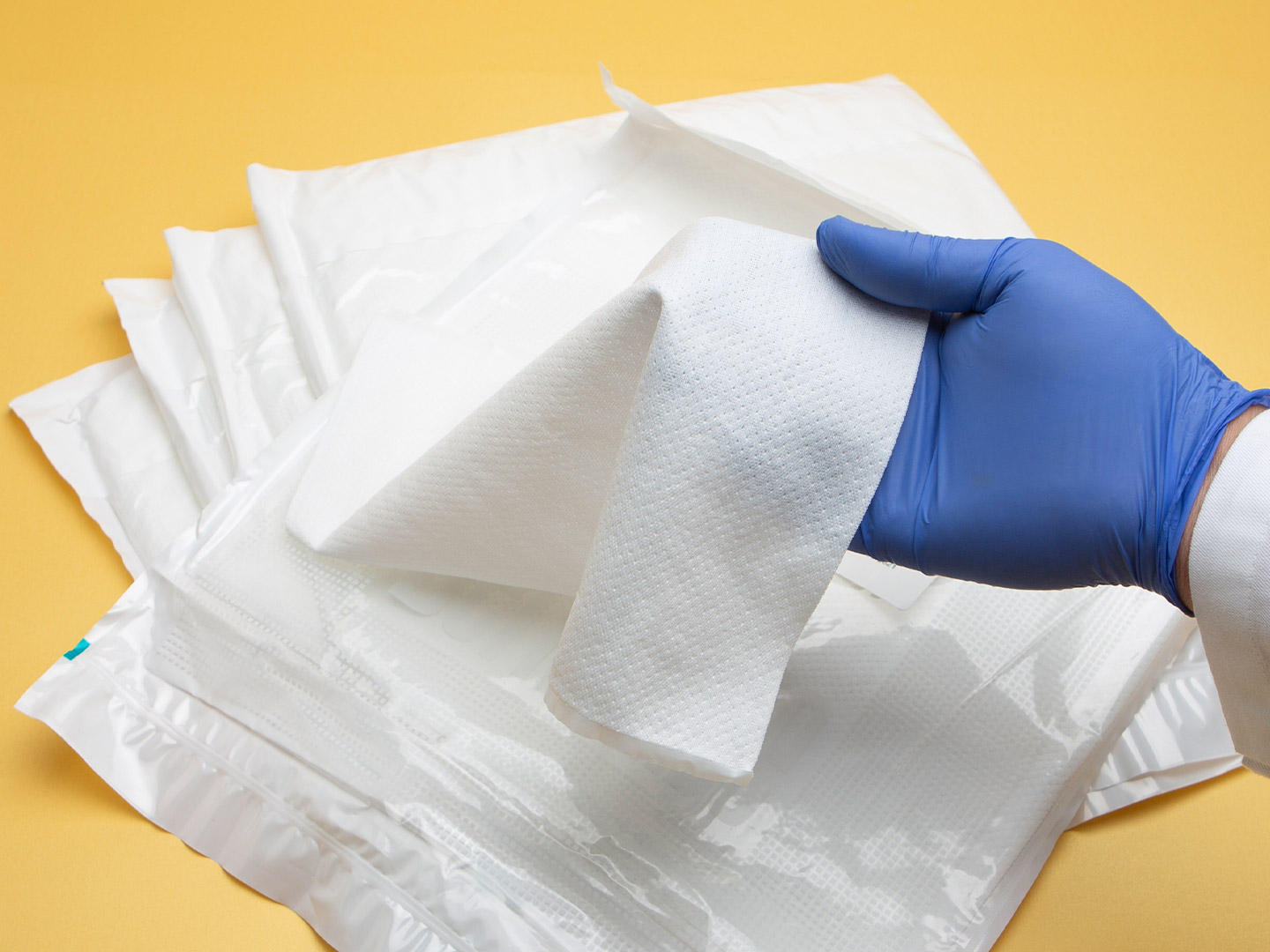
Depending on the backing fabric, fusible interlining is further divided into woven interlining and non-woven interlining. The coating process of interlining includes hot melt transfer, dusting, powder dot, slurry, and double dot.
Different fabrics and fusible interlining with the match also vary. General shirt collars, men's and women's suits need to have woven interlining; pockets and other parts can choose non-woven interlining; sleeve holes, collar nests, and other deformed parts need to be fixed with inlay interlining. The actual choice also depends on the quality and requirements of the garment the customer makes.
1) Powder dot fusible interlining: The adhesive particles are sprinkled in the pits on the roller and embossed on the base fabric in a certain pattern, with uniform and regular distribution of particles. This method is currently the most widely used. It is suitable for any fusible lining other than non-woven fabrics.
2) Glue point fusible interlining: The hot melt adhesive is first modulated into a paste, and then the resin particles are glued to the base fabric through a circular mesh, with a very uniform size and distribution of the particles. This method is suitable for the coating process of heat-sensitive materials (such as non-woven fabrics) and fabrics that are not easily bonded.
3) Sprayed fusible interlining: This is the earliest and simplest method of fusible interlining coating. It is a powdered hot melt adhesive sprayed on the base fabric to form a coating of irregular size and distribution. It is used for lower grade interlining, such as non-woven interlining, leather, shoes and hats, decorative interlining, etc.
4) Double dot fusible interlining: It is developed on the basis of the above three coating sheets. Its basic principle is to consider the different bonding properties of the base fabric and the fabric. Two layers of overlapping hot melt adhesive are coated on the base fabric, and the lower layer is bonded to the base fabric, while the upper layer is bonded to the fabric, so as to obtain the ideal bonding effect. It is suitable for garment interlining with high-quality requirements and difficult bonding.
1)Woven fusible interlining: backing fabric made of woven fabric.
2) Knitted fusible interlining: woven fabric for the backing of the interlining.
3) Non-woven fusible interlining: non-woven backing fabric.
1) Polyethylene (PE) fusible interlining: characterized by low price, good resistance to washing, poor dry cleaning resistance, high pressing and fusing temperature (160 ~ 190 ℃). Adhesive strength is lower than polyamide and polyester adhesives, slightly hard to the touch. Suitable for shirt collar lining but not for heat-sensitive fabrics such as fur and silk.
2) Polyamide (PA) fusible interlining: characterized by high price, excellent resistance to dry cleaning, not resistant to water washing, high bonding strength, elasticity, excellent drapability, soft hand feel, low coating amount. The hot pressing temperature is around 100-120℃. It is suitable for high-grade garments with dry-cleaning resistance and good durability. Low soluble point polyamide is suitable for the bonding of fur and silk fabrics, and the lining can be firmly bonded with the fabric at 95~120℃ with a household electric iron.
3) Polyester fusible interlining (PET): Because of the low bonding strength of co-polyamide hot melt adhesive to polyester fabrics and poor water washing resistance, people use polyester to overcome the above existing problems. It is characterized by low price, good feel, hot pressing temperature of 120 ~ 140℃ and moderate bonding strength (polyester fabric is better), with a medium degree of de washing and dry cleaning resistance. It is suitable for outerwear and shirt bonding interlining, especially for women's clothing and polyester filament fabric.
4) Polyvinyl chloride (PCV) fusible interlining: It has good fusible strength and washability, but has a poor feel. At present, it is mainly used as adhesive lining for raincoats.
5) Polyethylene vinyl acetate(EVA)and other EVAL: characterized by moderate price, better adhesion, soft touch. EVA wash resistance is poor, pressing temperature of about 100 ℃, while EVAL wash resistance is better, pressing temperature of 120 ~ 150 ℃. They are suitable for leather, fur, shoes, hats and decorative linings, as well as heat-sensitive fabrics with linings. EVAL can also be used for silk fabrics.
1) Shirt fusible interlining: requires washing resistance, small shrinkage, stiff and elastic. The backing fabric woven fabric with PE or PET adhesive.
2) Outerwear fusible interlining: requires dry cleaning and washing resistance, soft hand feel and elasticity. Backing fabric woven, knitted, non-woven, with PA, PET or PVC adhesive.
3) Leather fusible interlining: requires low pressing temperature, soft hand feel and poor washing resistance. Backing fabric woven fabric, heavy woven fabric, with EVA or PA adhesive.
4) Fusible interlining for shoes, hats and decoration: requires low pressing temperature, low price and poor washing resistance. Backing fabric is made of non-woven, woven fabric or foam, available EVA, PE, or PVC adhesive.
Woven Fusible Interlining
Fusible interlining can be divided into woven fusible interlining (commonly known as woven fusible interlining); the backing of woven interlining is woven and knitted.
Nonwoven Fusible Interlining
Nonwoven fusible interlining is made of nonwoven fabric as the backing, while the backing of nonwoven interlining is made of chemical fibers (nylon, polyester, etc.) formed directly into the backing. According to the method of forming, non-woven interlining is divided into chemical bonding, needle punching, hot rolling, hydroentanglement and meltblown. Compared with woven fusible interlining, its price is more advantageous, but the quality is undoubtedly a little inferior. Non-woven interlining is suitable for some edge positions, such as open pockets, locking buttonholes and so on. The thickness of the non-woven interlining will be directly reflected in the location used, which is chosen according to the need.
First, put the back of the cloth on the ironing table, and spray a little water.
Then put the adhesive side of the interlining on the back of the cloth.
And then put a piece of paper or cloth at the top (so that the following is heated evenly, to avoid burning the fabric).
Before ironing, the iron temperature is set to high without adding steam. Press the iron in the middle first, then press it in order to the periphery.
Finally, turn the fabric to the front and then iron it flat. When ironing, you need to adjust the ironing temperature, pressure, and time according to the material of the interlining and cloth.
The pressing temperature refers to the temperature at which the garment fabric and the fusible interlining combine to melt and press the surface, which plays a major role in the bonding effect. As the temperature rises, the glue powder particles melt and combine with the fabric yarn fibers. The more appropriate the temperature, the better the fluidity of the hot melt adhesive will be when the peel strength is proportional to the pressing temperature. However, if the temperature exceeds the limit of the gluing temperature, not only will the glue(Adhesive) be permeable, but the peel strength will also be reduced.
G&F has a full range of fusible interlinings with high quality and competitive price, welcome to visit our website to learn more about fusible interlining.
All Rights Reserved: https://www.groupgf.com/info-detail/fusible-interlining
Copyright Notice: This is an original (translated) article from G&F Group Inc., please indicate the source from G&F Group Inc.. If there is any infringement, please contact us first.
 Nonwovens in daily life ----- filtration
Nonwovens in daily life ----- filtration
 Nonwovens in daily life ----- automotive
Nonwovens in daily life ----- automotive
 What is SAP – superabsorbent polymers
What is SAP – superabsorbent polymers
 The Future of Global Nonwoven Wipes to 2029
The Future of Global Nonwoven Wipes to 2029